The new Pew Research Center report found a surge of adults leaving Christianity to become atheist, agnostic, or “nothing in particular.”



Those with phobias of needles can now get tattoos without having to worry.
Scientists have developed a way to get a permanent tattoo without going under the needle and suffering through hours of pain.
The new technology is in the form of a skin patch that has microneedles smaller than grains of sand. While it still has “needle” in the name, these microscopic needles are of no comparison to the ordinary needles one would have to endure and the impact is painless and bloodless.
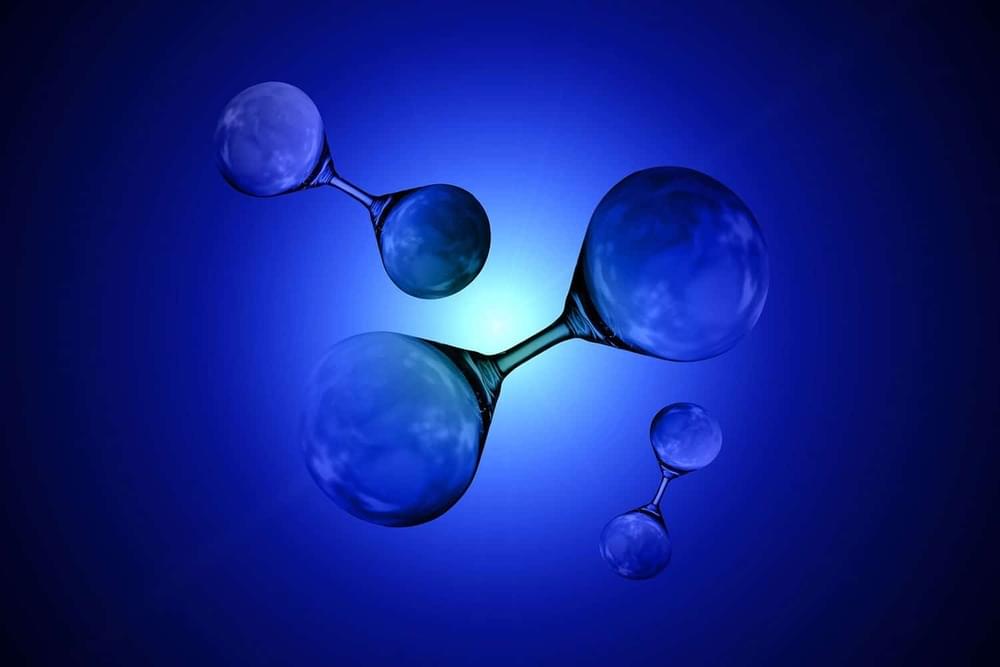


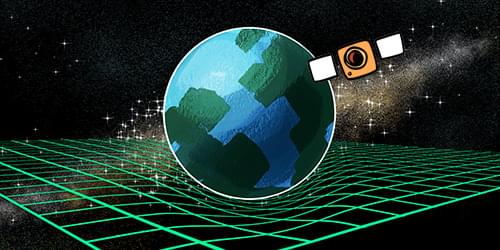
A cartoon illustrates results from the MICROSCOPE satellite mission, which has measured with astronomical sensitivity the falling rate of different objects under gravity.
—Matthew R. Francis is a physicist and freelance science writer based in Virginia.
—Maki Naro is a science illustrator based in New York.
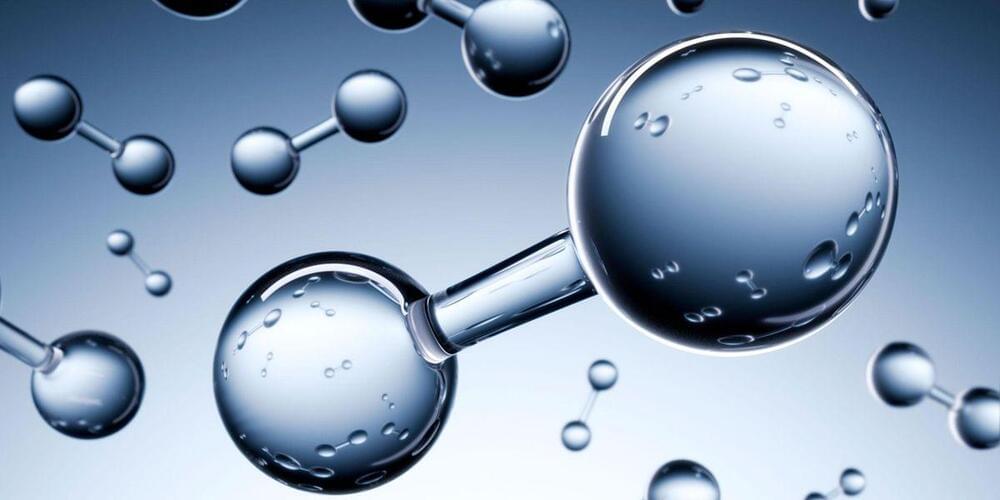
Large-scale plants that make seawater drinkable supply urban areas, but the world needs portable versions to serve remote or refugee populations.
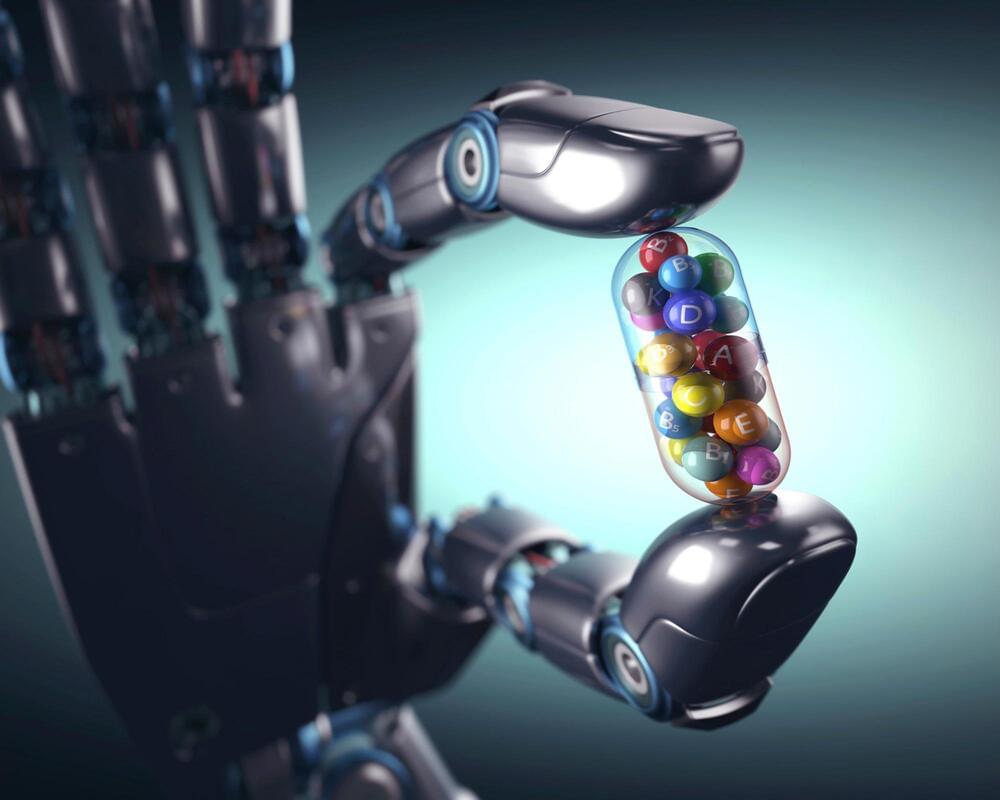
A novel hormone combination has been created by a research team from Helmholtz Munich, the German Center for Diabetes Research (DZD), and Novo Nordisk for the potential treatment of type 2 diabetes in the future. The researchers combined the blood sugar-lowering actions of the medications tesaglitazar and GLP-1 (Glucagon-like peptide-1) to create a new and extremely effective drug.
The benefit of combining Tesaglitazar with GLP-1 is that the Tesaglitazar only penetrates the tissue with GLP-1 receptors. This increases the effects on sugar metabolism while lessening the side effects of tesaglitazar. Scientists have already successfully tested the new drug in animal studies. The study was recently published in the journal Nature Metabolism.
Tesaglitazar enhances glucose and fat metabolism in type 2 diabetic patients. It increases insulin sensitivity by acting on two receptors inside the cell nucleus. This was demonstrated in phase 3 clinical trials. However, tesaglitazar has side effects such as kidney damage.
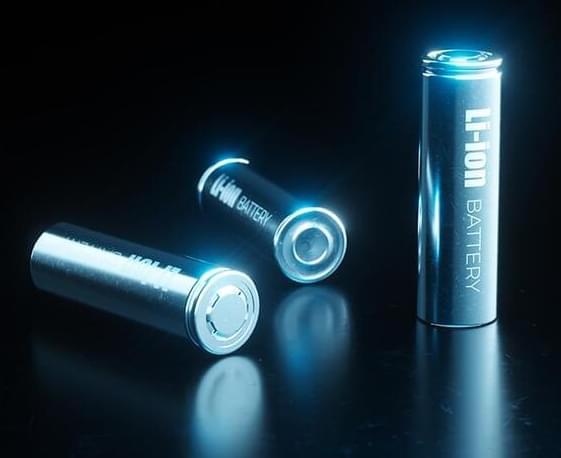
A team of scientists at King Abdullah University of Science and Technology, in Saudi Arabia, says they already have a solution in the works: before land-based lithium runs out, shift lithium mining to the ocean. The team claims they’ve created an affordable method for extracting lithium from the seawater, potentially unlocking a practically infinite supply of lithium.
The challenge: Land-based lithium mining is incredibly damaging to the environment, and it wastes huge amounts of water — up to 500,000 gallons of water per ton of lithium extracted.
Seawater contains 5,000 times the amount of lithium found on land, but only in very low concentrations, which has made previous attempts to extract lithium from the ocean ineffective.